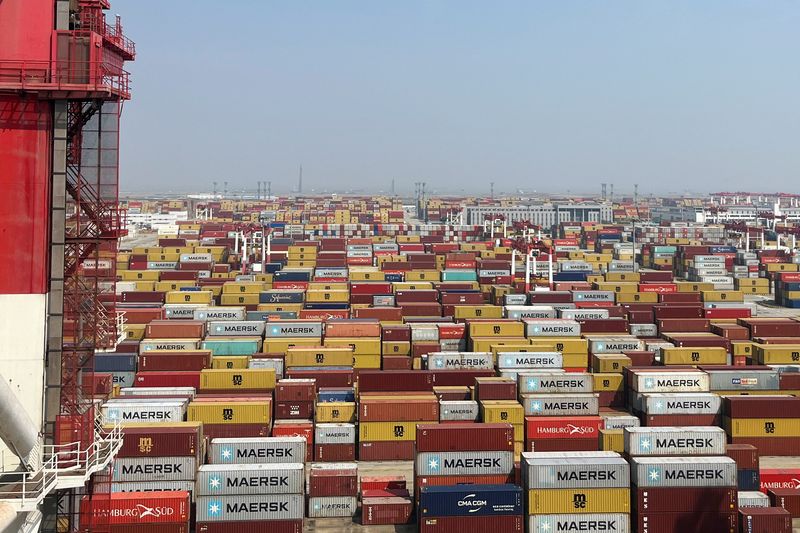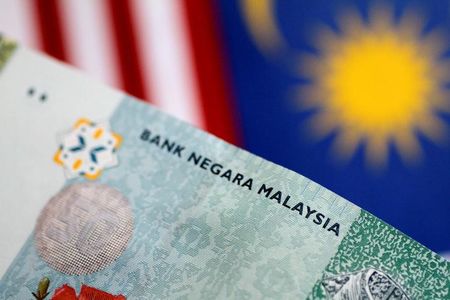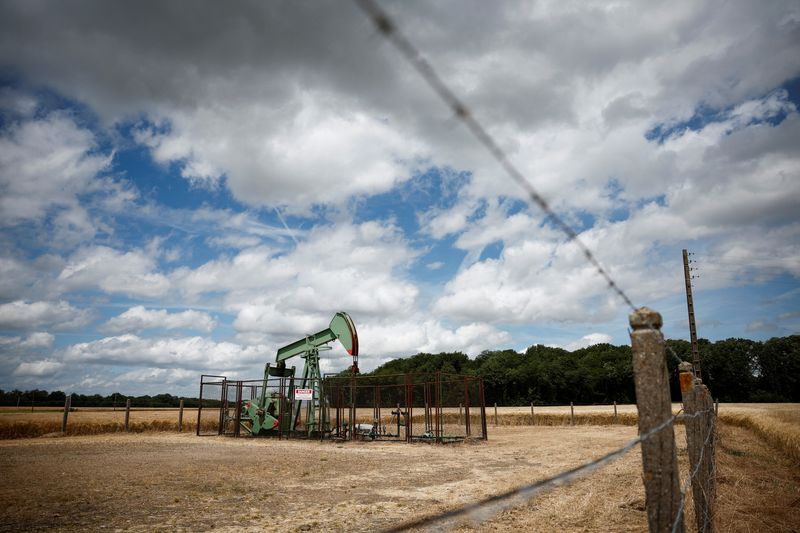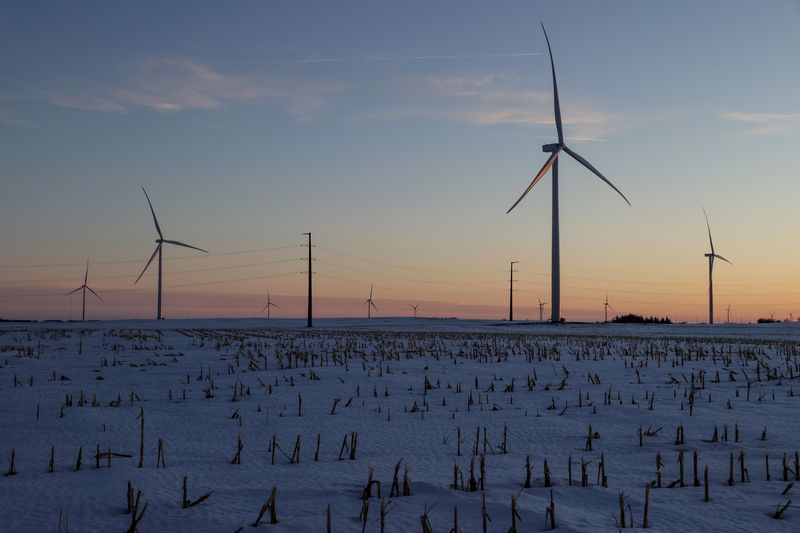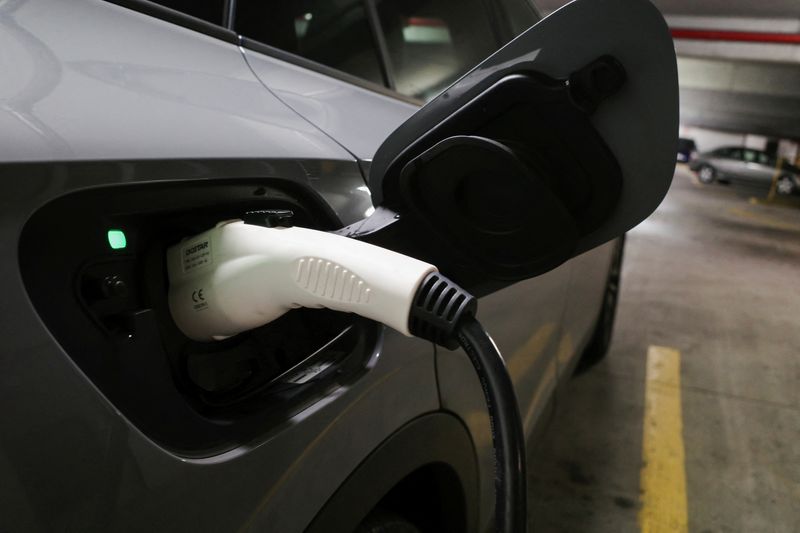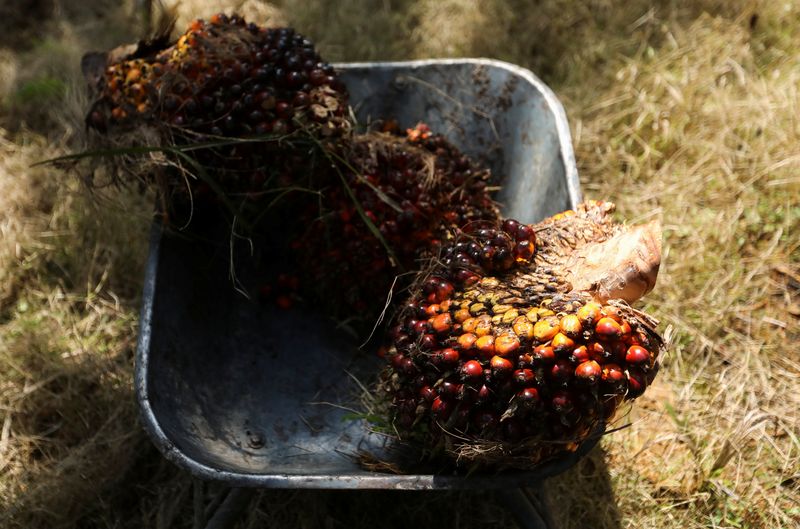
By Ashley Tang and Rajendra Jadhav
KUALA LUMPUR/MUMBAI (Reuters) – Malaysia’s palm oil production is set to fall for the fourth consecutive month in December as heavy rainfall hit harvesting in the world’s second-largest producer of the tropical oil, the industry regulator told Reuters on Friday.
Lower output in Malaysia would curb inventories in the country and further boost benchmark futures, which are already near their highest levels in about 2-1/2 years.
“We estimate a potential reduction of around 5% to 8% in crude palm oil (CPO) production under normal circumstances,” Ahmad Parveez Ghulam Kadir, director-general at the Malaysian Palm Oil Board (MPOB) said.
“However, if severe flooding persists, the reduction could reach as high as 10% to 20%,” he said.
Peninsular Malaysia, particularly its northeastern coast, and southern Thailand have been battered by torrential rains which caused floods that killed dozens of people, and damaged homes, transport links, and thousands of acres of rice crops.
Malaysian Prime Minister Anwar Ibrahim said the rains were far beyond expectations, with some east coast areas getting more than six months’ worth of rainfall between Nov. 26 and 30.
In November, Malaysia’s CPO production declined 9.8% from a month ago to 1.62 million metric tons, the lowest for the month since 2020, the board said earlier this week.
Malaysian Meteorological Department (MET) on Friday said a few states could receive continuous rainfall from Dec. 16 to 19.
The MPOB is closely monitoring the situation as the MET has forecast a second wave of floods due to heavy rainfall, Kadir said.
Heavy rains could further damage plantation infrastructure, such as roads and bridges, making it difficult to harvest and transport fresh fruit bunches from estates to mills, he said.

In December 2023, Malaysia harvested 1.55 million tons of CPO, but production this December could be far lower than last year, said a Malaysian palm oil producer, who did not want to be named.
Palm oil usually trades at a discount to soybean oil and sunflower oil, but is currently at a premium over these competing oils due to limited supplies.
This post is originally published on INVESTING.

